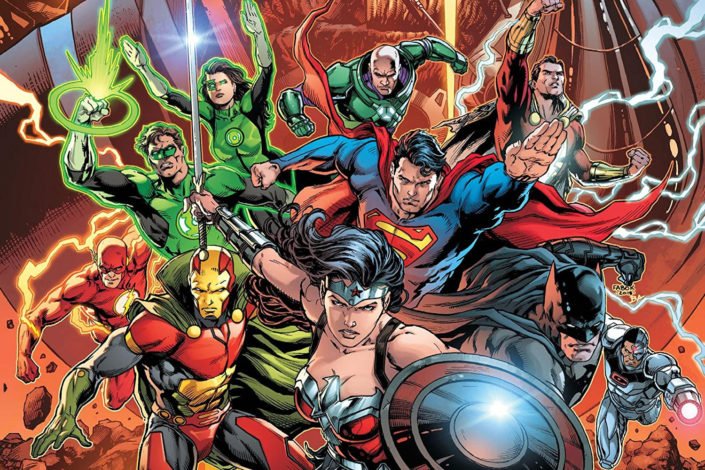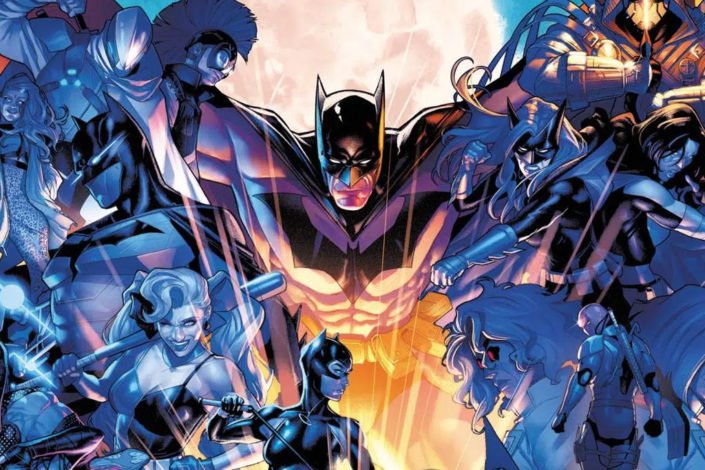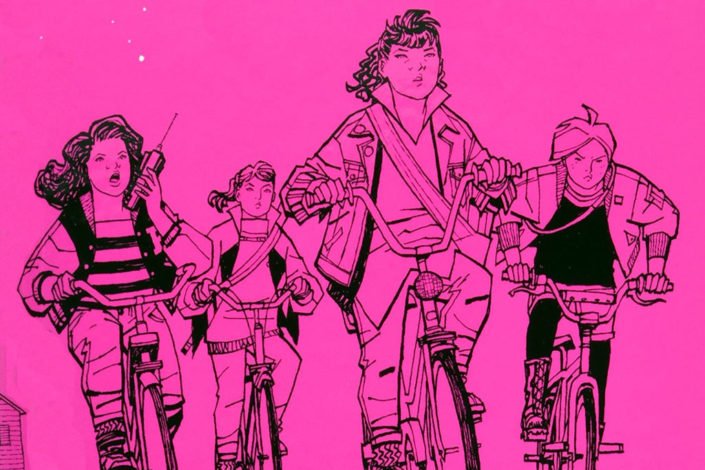Nightwing Reading Order (Dick Grayson, Titan member, Outsiders leader, hero of Bludhaven and Gotham)

Created by Bill Finger, Bob Kane and Jerry Robinson, Dick Grayson is one of the most compelling characters from DC. From The Flying Graysons to being Robin (aka Batman’s sidekick), then to becoming Nightwing and finding his own way in life, he’s the friend you need, the leader who listens, the guy who wants to help and does good because it’s the right thing to do. And he’s always working to become a better version of himself and to make the world a better place. What’s not to love here?
Dick Grayson made his first appearance as Robin in Detective Comics #38 (April 1940), but today we are more interested in his history after he became Nightwing, in Tales of the Teen Titans #44 (July 1984).
What to read before Dick became Nightwing?
As said above, we’re focused on this reading order in stories taking place after Dick became Nightwing, meaning stories where he is not Robin anymore. Before diving in, you can check out a few stories to know more about the time Dick Grayson was Robin:
- Batman Dark Victory – A sequel to The Long Halloween, this story by Jeph Loeb and Tim Sale takes place three or four years into Batman’s career as a crime fighter. It’s a Batman story that doubles as an origin story for Robin.
- Robin: Year One – Written by Chuck Dixon and Scott Beatty and illustrated by Javier Pulido and Marcos Martin, it takes place after Dark Victory and tells of Dick Grayson’s first year as Batman’s sidekick, Robin.
- Teen Titans: Year One – A light miniseries that retraces the early days of the Teen Titans, by Amy Wolfram and Karl Kerschl.
- And of course, if you want more stories, check out our reading order dedicated to Dick Grayson as Robin!








